The Palazzo Vecchio (lit. “Old Palace”), one of the most iconic buildings in Florence, stands on Piazza della Signoria. Once the seat of civic power, it now houses the City Hall as well as a museum where visitors can explore magnificent rooms decorated by great masters such as Agnolo Bronzino, Domenico Ghirlandaio, and Giorgio Vasari. Works by Michelangelo, Donatello, and Verrocchio can also be admired there. The famous Salone dei Cinquecento (Hall of the Five Hundred) is particularly adorned with Michelangelo’s Genius of Victory and Vasari’s monumental frescoes.
Erected in 1322, this fortress-palace with its sober, crenellated appearance is a remarkable example of 14th-century Florentine civic architecture. Its tall Torre di Arnolfo, dominating the main façade, has become one of the city’s symbols. Over the centuries, the building was expanded eastward, thus quadrupling its original size.
Directly adjoining the Uffizi Gallery, the palace opens onto Piazza della Signoria, where, in front of its entrance, stand the replica of Michelangelo’s David and the sculptural group Hercules and Cacus by Baccio Bandinelli.
History of the palace and its construction
Over time, the palace has borne several names. First called Palazzo della Signoria (Palace of the Signoria), it housed the government of the commune. Later, it took the name Ducal Palace, until the Medici family moved their main residence to the Pitti Palace.
Construction began in 1299 under the direction of Arnolfo di Cambio (also responsible for the Cathedral and the church of Santa Croce). At a time marked by political tensions, Florence wanted to assert its power and strengthen its security. The first completion dates back to 1314. The building was erected on the ruins of two former palaces, incorporating into its structure the towers of the Vacca and Bizzo families.
This is probably the reason why the famous Arnolfo Tower, nearly 94 meters high, is not located at the center of the building. Of the typical crenellated Tuscan style, it also served as a prison: Cosimo I and the preacher Girolamo Savonarola were held there in the 15th century.
The clock, originally dating back to Donatello, was replaced with a new mechanism in the 17th century.
Photo gallery
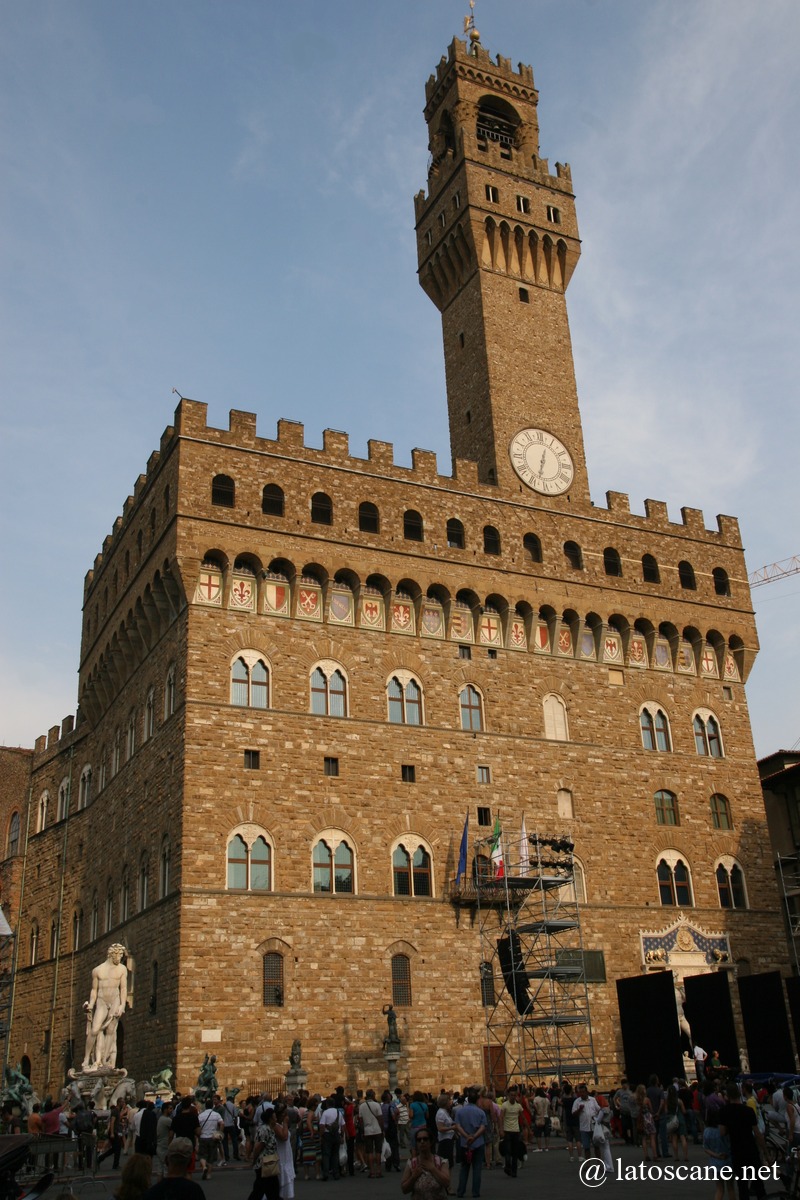
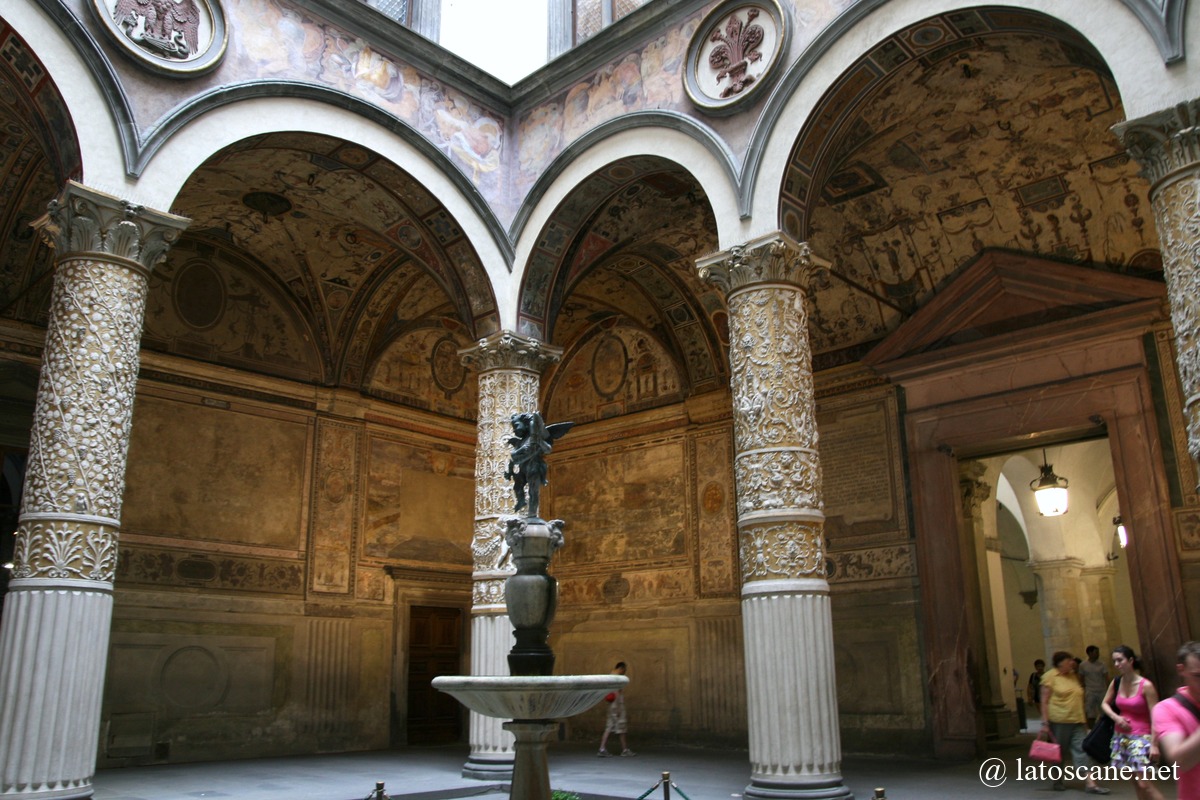
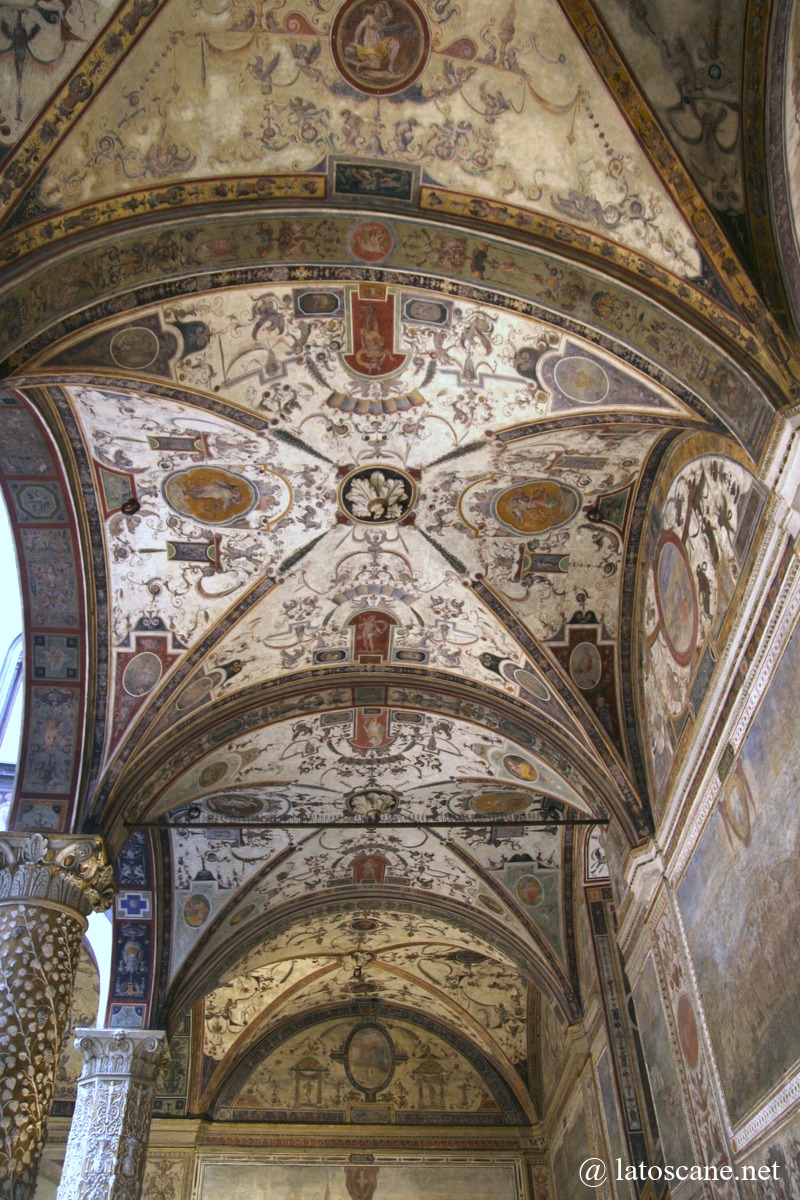
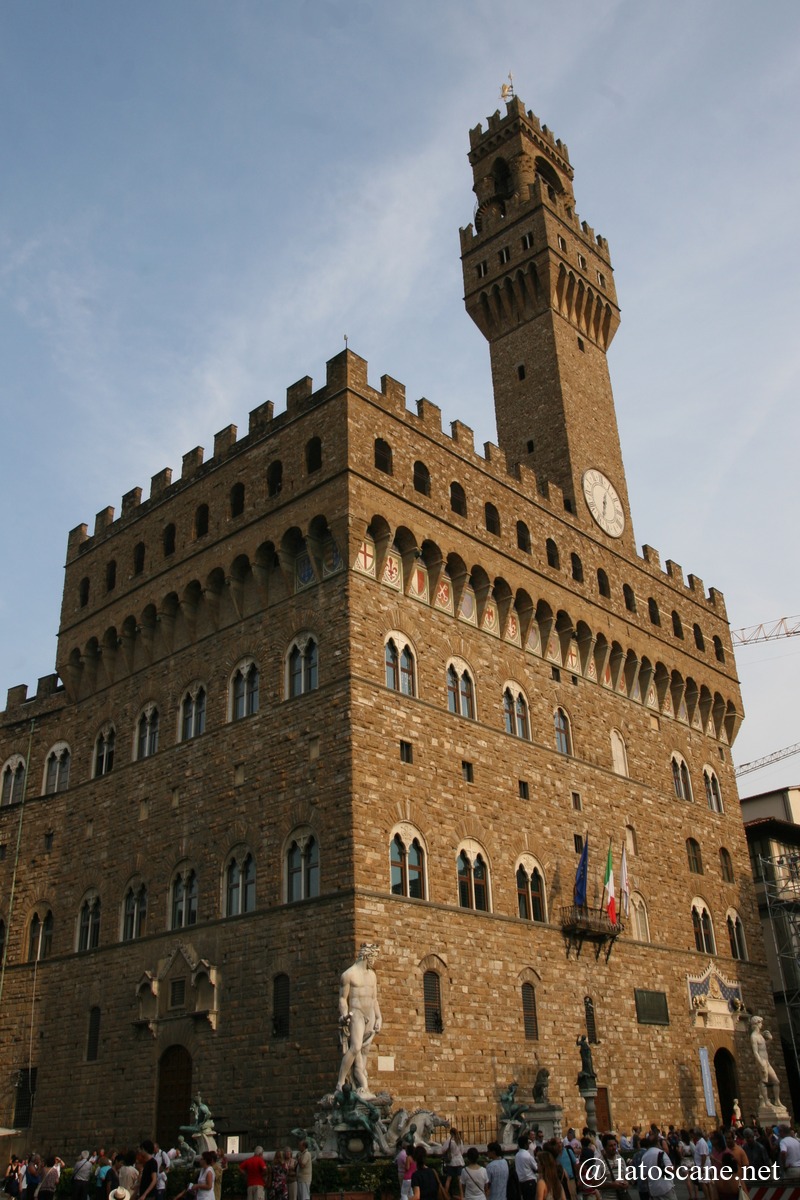
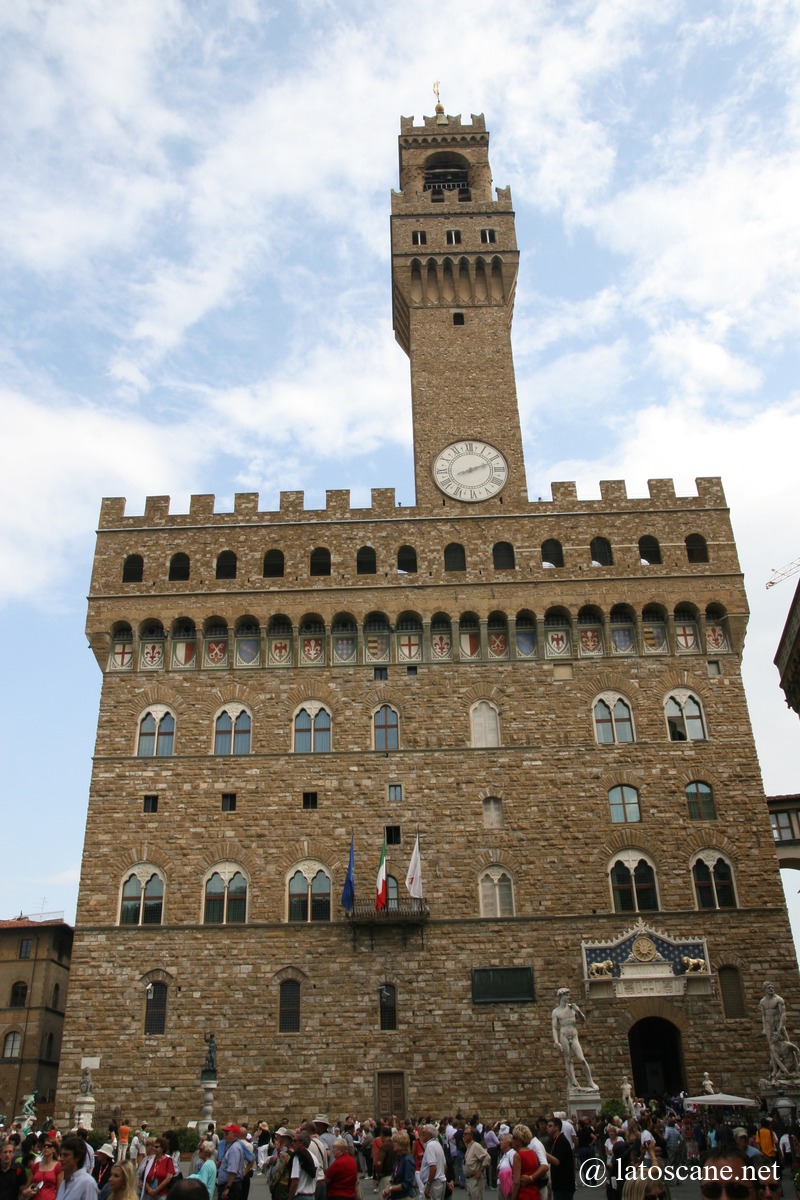
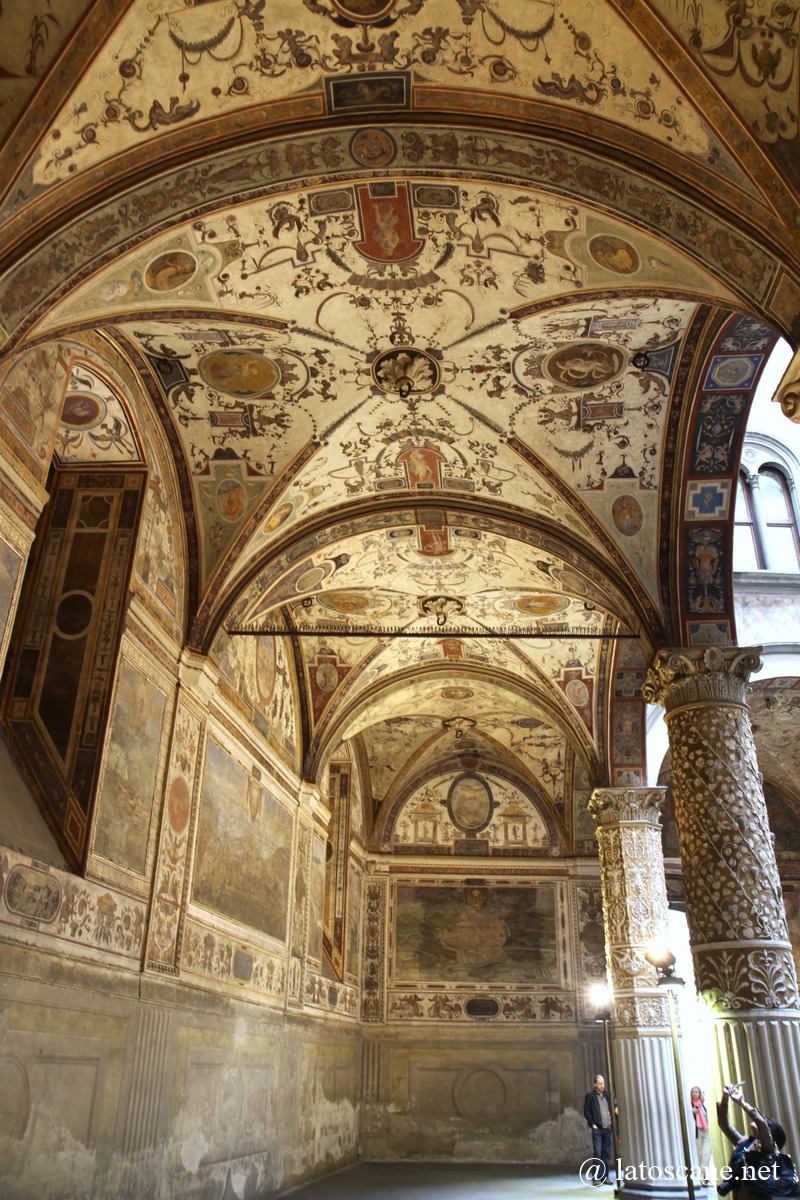
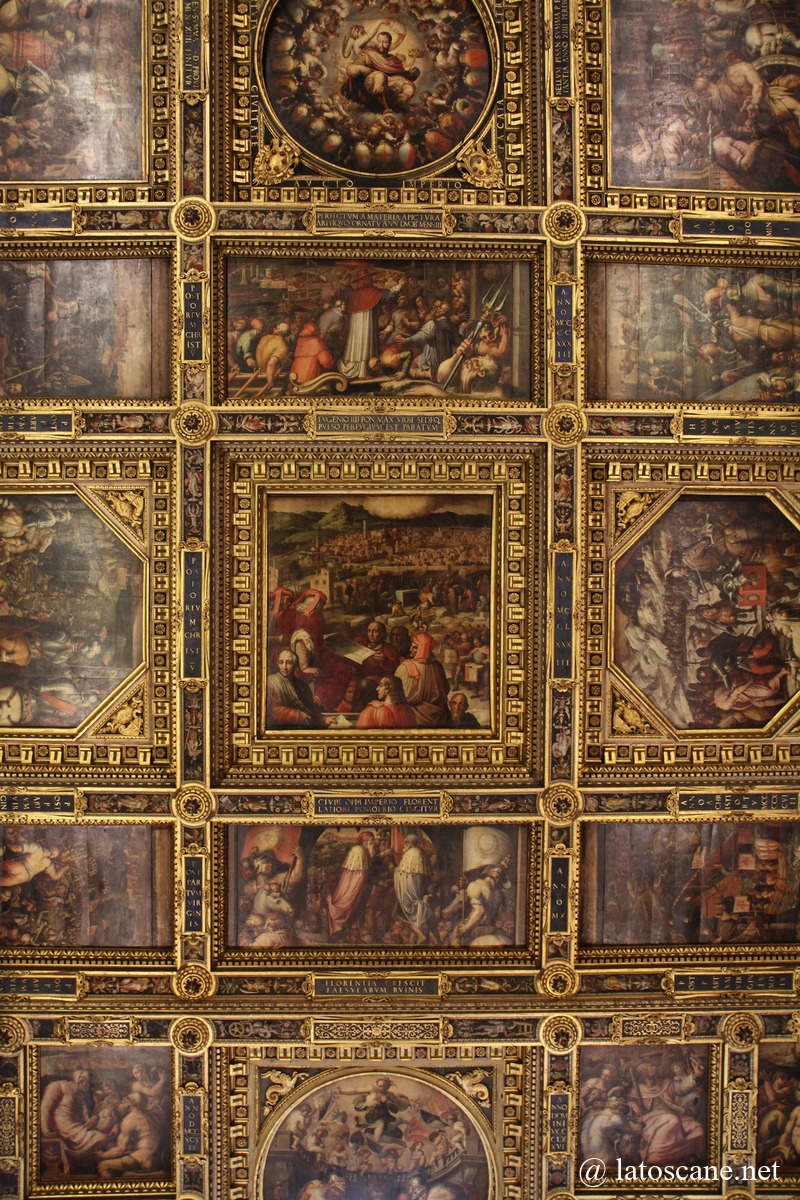
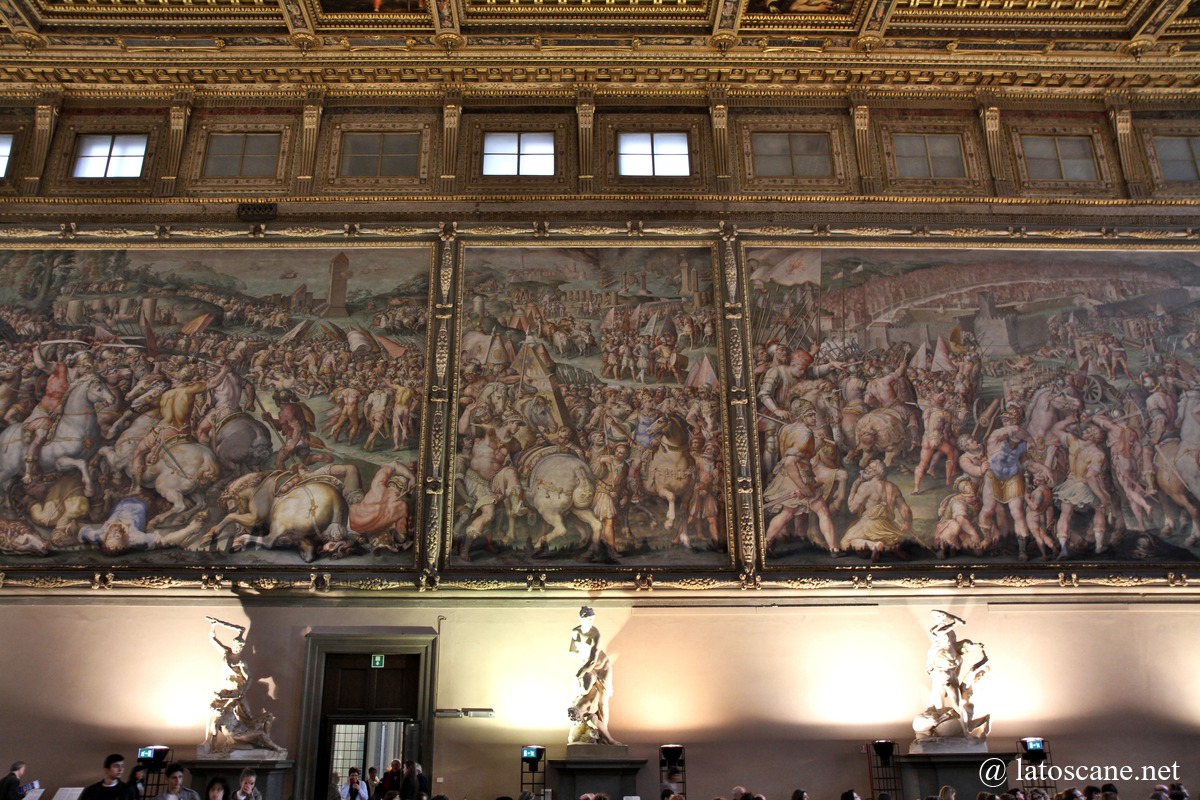
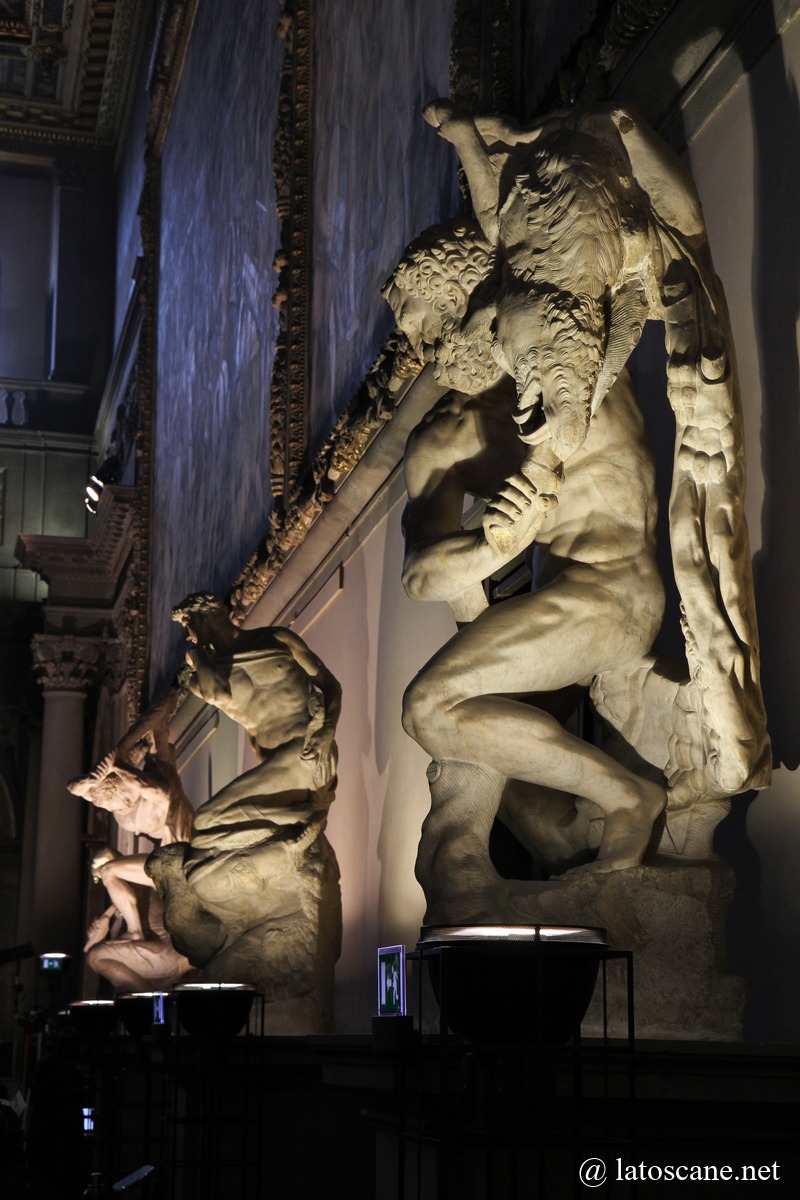
Guided Tours and Tickets
Visiting Itinerary of the Palazzo Vecchio
The visit to the museum begins in the Court of Michelozzo, accessible from the main gate on Piazza della Signoria. The portico of the courtyard, decorated with stuccoes and frescoes, displays in its lunettes the emblems of the Florentine churches and guilds.
Hall of the Five Hundred and Studiolo of Francesco I
One then enters the great Hall of the Five Hundred (Salone dei Cinquecento), 54 meters long and 23 wide. The walls are covered with frescoes illustrating Florence’s victorious battles against Pisa and Siena. The ceiling, made up of 39 panels painted by Vasari and his pupils, depicts the major episodes in the life of Cosimo I de’ Medici. In the central niche on the south side stands Michelangelo’s Genius of Victory. During the brief period when Florence was the capital of the Kingdom of Italy (1865–1871), this hall served as the seat of Parliament.
At the end of the Salone lies the Studiolo of Francesco I de’ Medici, designed by Vasari, which was a cabinet reserved for the grand duke’s studies and scientific research. The Mannerist decorations represent natural elements and human activities.
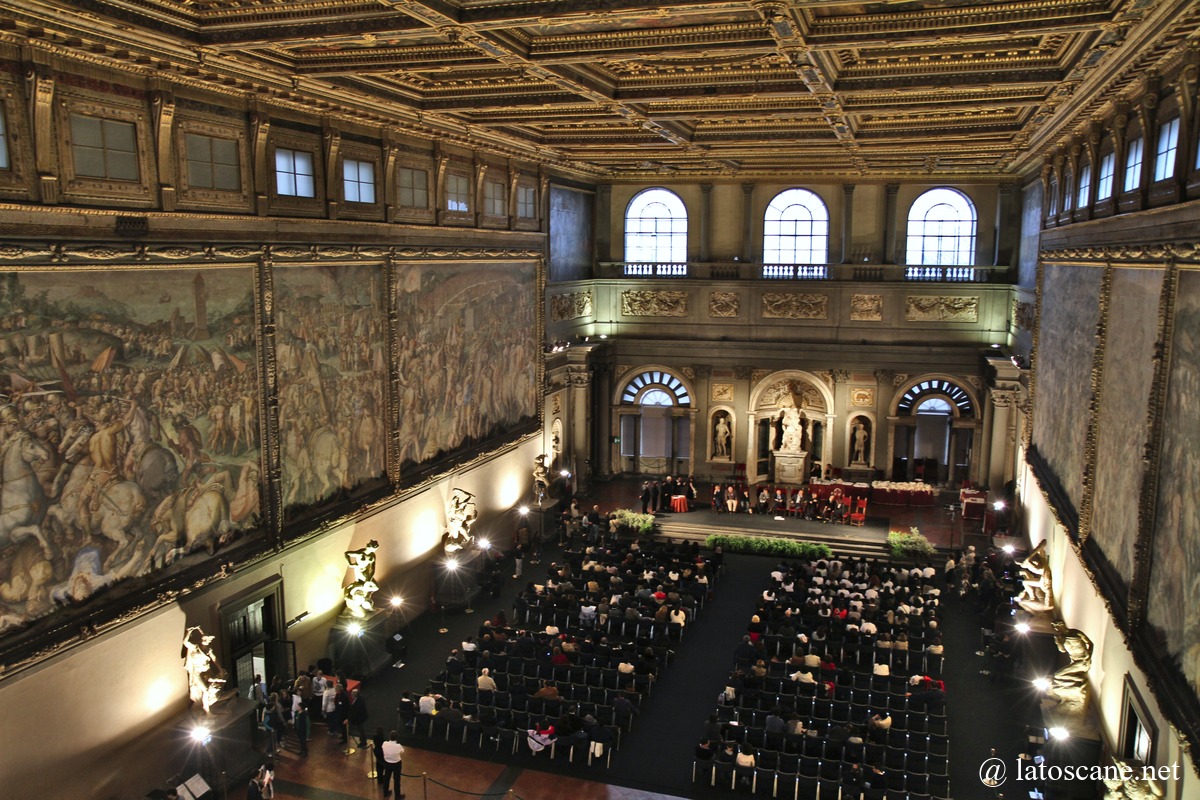
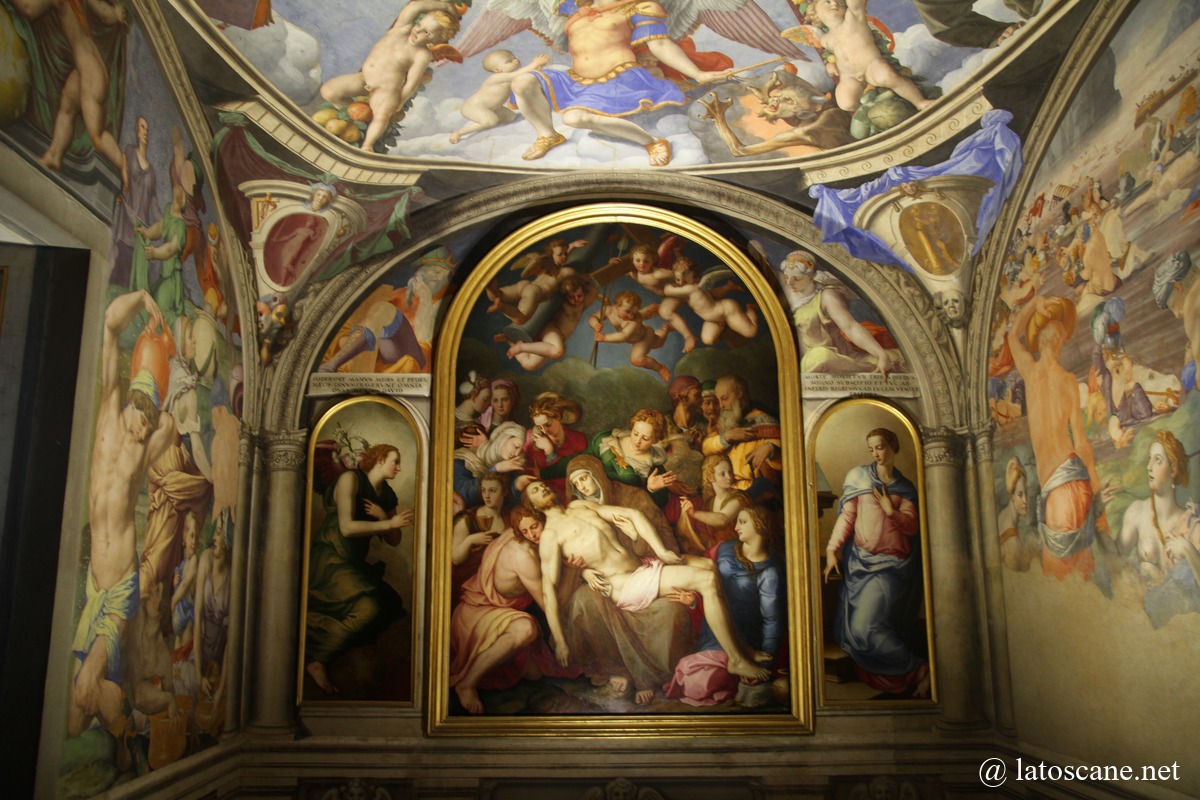
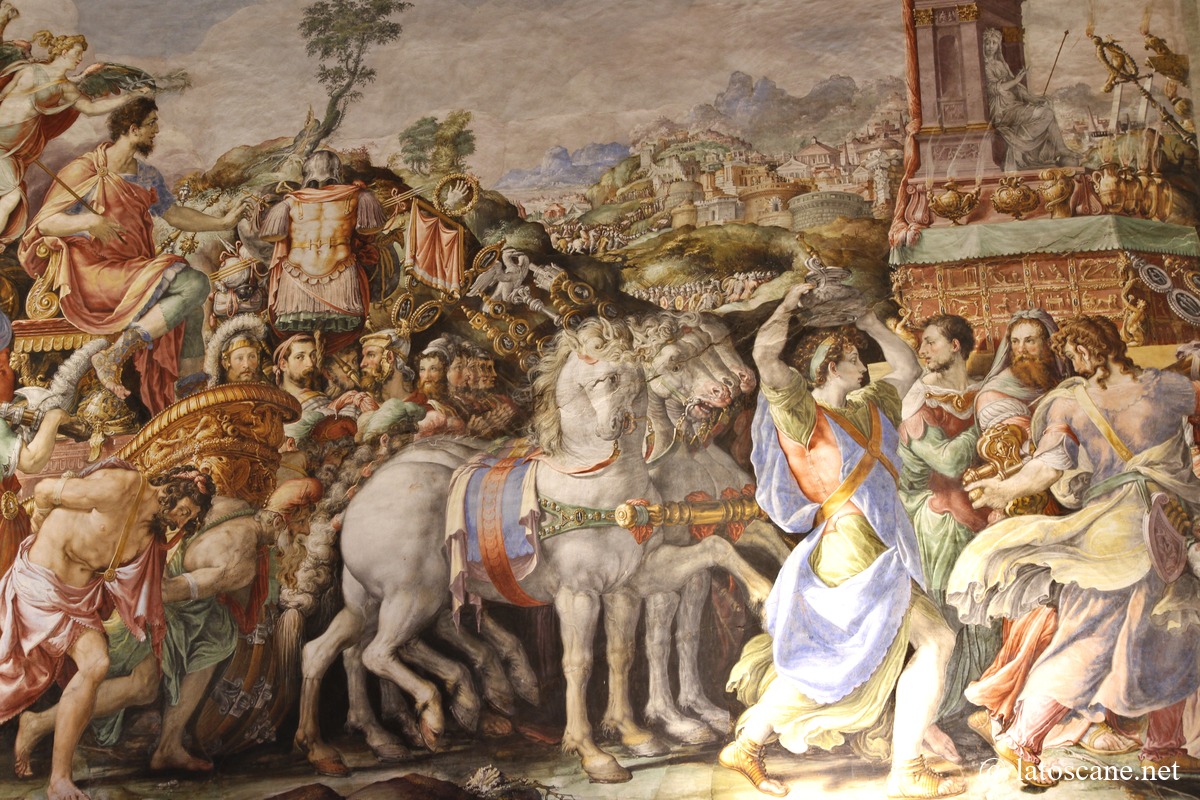
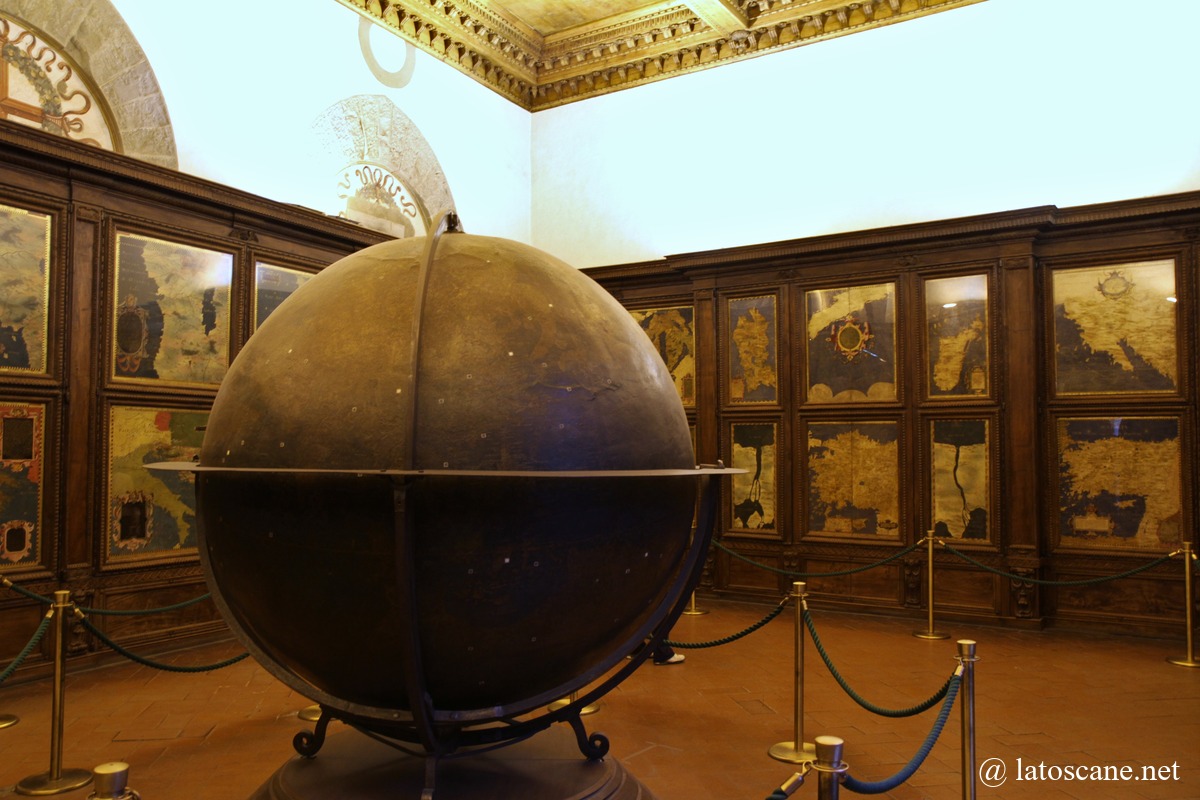
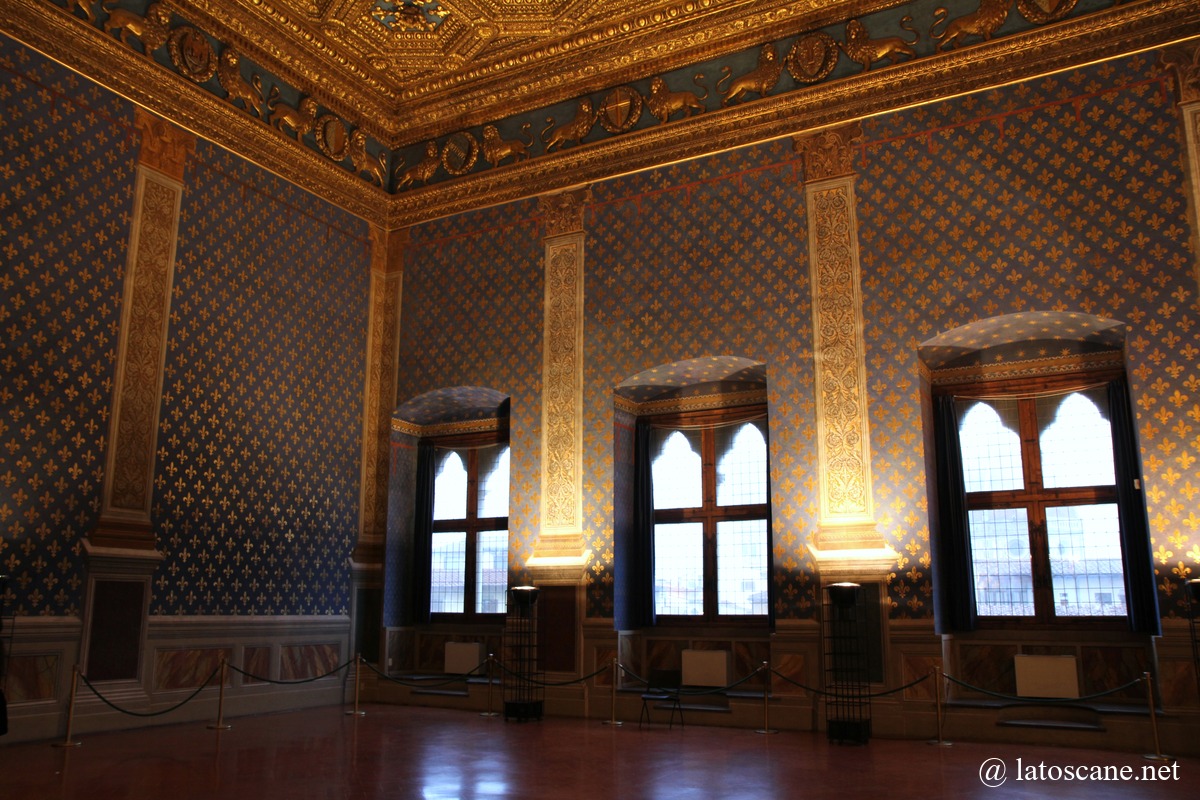
The Monumental Quarters
The set of rooms on the first floor is known as the “monumental quarters,” due to their decorative richness celebrating the glory of the Medici. Among them is the Hall of Leo X, the pope and son of Lorenzo the Magnificent, featuring a majestic fireplace created by Bartolomeo Ammannati. The wall frescoes depict Leo X entering Florence triumphantly to appoint cardinals.
The Chapel of Eleonora and the Quarters of Eleonora were designed by Vasari for Duchess Eleonora di Toledo, wife of Cosimo I. These spaces include the Green Room, the Study, the chapel decorated by Agnolo Bronzino, the Sabine Room, the Esther Room, the Dining Room, the Penelope Room with its magnificent fireplace, and the Gualdrada Chamber, Eleonora’s private salon.
Remarkable Rooms on the Second Floor
The Audience Hall, or Hall of Justice, features a ceiling with gilded coffers. The Sala dei Gigli (Hall of Lilies) celebrates the emblem of the French crown and houses Donatello’s biblical statue of Judith and Holofernes, one of the palace’s oldest decorations.
The Hall of Maps preserves decorated furnishings and a globe of the Mappa Mundi made in 1581. The shelves display 53 geographical maps of the world of that period, created by Dominican friar Ignazio Danti and Stefano Buonsignori. Nearby, the Vecchia Cancelleria is said to have been Machiavelli’s former office and contains a bust of the famous advisor to the Duke.
The Mezzanine and the Loeser Collection
Between the first and second floors is the mezzanine, created by Michelozzo in 1453. It includes several rooms hosting the Loeser Collection, a precious gift donated by the American art critic Charles Loeser to the city of Florence.
Where to Find the Palazzo Vecchio in Florence
If you see this after your page is loaded completely, leafletJS files are missing.
Information: Hours and Links
Practical Information and Hours
- Address: Piazza della Signoria, 50122 Florence, Italy
- Opening hours: Open daily from 9 a.m. to 7 p.m., ticket office closes at 6 p.m.
- Tickets: Adults: approx. €12, reduced: €8, free for certain groups (youth, residents, etc.)
- Access: Main entrance from Piazza della Signoria. Audio guides and guided tours available.
- Tip: Allow 2 to 3 hours for a full visit, especially to appreciate the monumental quarters and the Loeser Collection.
Links and Sources
- Official website: cultura.comune.fi.it/pagina/musei-civici-fiorentini/museo-di-palazzo-vecchio
- Tour and ticket prices: https://cultura.comune.fi.it/pagina/musei-civici-fiorentini-museo-di-palazzo-vecchio
- Palazzo Vecchio on Wikipedia
Articles on Florence
- Florence
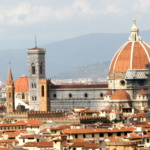 Florence, the capital of Tuscany crossed by the Arno River, has approximately ...
Florence, the capital of Tuscany crossed by the Arno River, has approximately ... - What to see in Florence: monuments, squares and museums
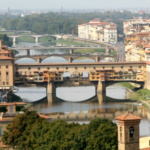 To explore Florence, at least 3 days are needed. The historic center, ...
To explore Florence, at least 3 days are needed. The historic center, ... - Interactive map of Florence
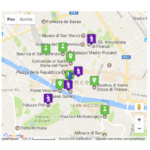 Map of Florence with its major monuments, places and museums Articles about Florence
Map of Florence with its major monuments, places and museums Articles about Florence - Hotels in Florence
 Hotels in Florence
Hotels in Florence - Visit Florence in 2 or 3 days
 A three-day stay in Florence allows you to discover the main Renaissance ...
A three-day stay in Florence allows you to discover the main Renaissance ... - Tickets and tours in Florence
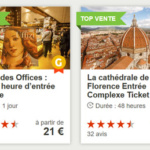 Florence touristic pass and combined tickets Excursions, visites guidées et billets à Florence Into ...
Florence touristic pass and combined tickets Excursions, visites guidées et billets à Florence Into ... - 16 Tuscan foods to try
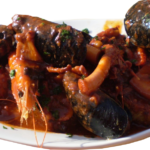 The Tuscan cuisine, particularly Florentine, is a celebration of simplicity and high-quality ...
The Tuscan cuisine, particularly Florentine, is a celebration of simplicity and high-quality ... - Florence Cathedral
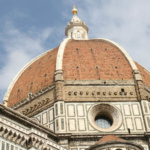 The Cattedrale di Santa Maria del Fiore, symbol of Florence, displays impressive ...
The Cattedrale di Santa Maria del Fiore, symbol of Florence, displays impressive ... - Ponte Vecchio
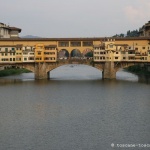 The Ponte Vecchio (lit. “the Old Bridge”) is one of the most ...
The Ponte Vecchio (lit. “the Old Bridge”) is one of the most ... - Piazza della Signoria
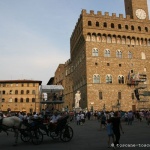 Piazza della Signoria is the political and historical heart of Florence. Located ...
Piazza della Signoria is the political and historical heart of Florence. Located ... - Churches in Florence
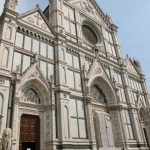 Florence, the cradle of the Renaissance where architecture, art, and history meet ...
Florence, the cradle of the Renaissance where architecture, art, and history meet ... - Museums in Florence
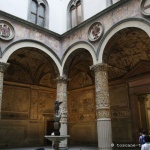 Florence, cradle of the Renaissance, is a true capital of art and ...
Florence, cradle of the Renaissance, is a true capital of art and ... - Uffizi Gallery
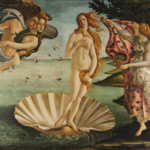 La Uffizi Gallery in Florence is one of the most famous museums ...
La Uffizi Gallery in Florence is one of the most famous museums ... - Santa Croce Basilica in Florence
 The Basilica of Santa Croce, built beginning in 1294, is the largest ...
The Basilica of Santa Croce, built beginning in 1294, is the largest ... - Santa Maria Novella Basilica in Florence
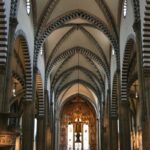 Santa Maria Novella is the large Dominican church located at the entrance ...
Santa Maria Novella is the large Dominican church located at the entrance ... - Palazzo Pitti, its museums and the gardens of Boboli
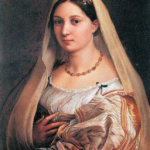 Palazzo Pitti is one of the largest buildings in Florence and a ...
Palazzo Pitti is one of the largest buildings in Florence and a ... - Gallery of the Academy of Florence
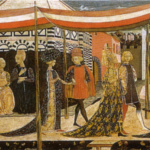 The Gallery of the Academy (Galleria dell’Accademia in Italian) is one of ...
The Gallery of the Academy (Galleria dell’Accademia in Italian) is one of ... - Typical cuisine of FlorenceThe Tuscan cuisine is based on simple, high-quality ingredients, reflecting a strong ...


[…] de son vivant d’une grande reconnaissance. Citons le David (1504), qui se trouvait devant le Palazzo Vecchio de Florence ; la Pietà (1499), dans une chapelle de la basilique Saint-Pierre de Rome ; le Moïse […]